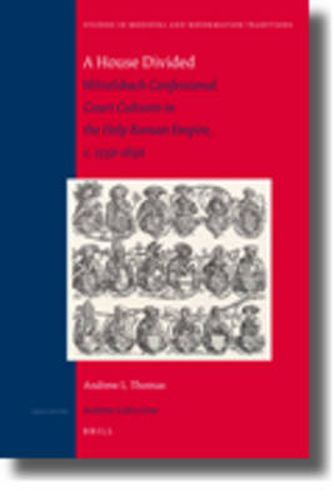Readings Newsletter
Become a Readings Member to make your shopping experience even easier.
Sign in or sign up for free!
You’re not far away from qualifying for FREE standard shipping within Australia
You’ve qualified for FREE standard shipping within Australia
The cart is loading…






This book is the only book-length monograph comparing the impact of confessional identity on both halves of the Wittelsbach dynasty which provided Bavarian dukes and German emperors as well as its implications for late Renaissance court culture. It demonstrates that religious conflict led to the development of distinctly confessional court cultures among the main Wittelsbach courts. Likewise, it illuminates how these confessional court cultures contributed significantly to the splintering of Renaissance humanism along religious lines in this era. Concomitantly, it sheds new light on the impact of late medieval dynastic competition on shaping the early modern Wittelsbach courts as well as the important role of Wittelsbach women in the creation and continuation of dynastic piety in their roles as wives, mothers, and patronesses of the arts.
$9.00 standard shipping within Australia
FREE standard shipping within Australia for orders over $100.00
Express & International shipping calculated at checkout
This book is the only book-length monograph comparing the impact of confessional identity on both halves of the Wittelsbach dynasty which provided Bavarian dukes and German emperors as well as its implications for late Renaissance court culture. It demonstrates that religious conflict led to the development of distinctly confessional court cultures among the main Wittelsbach courts. Likewise, it illuminates how these confessional court cultures contributed significantly to the splintering of Renaissance humanism along religious lines in this era. Concomitantly, it sheds new light on the impact of late medieval dynastic competition on shaping the early modern Wittelsbach courts as well as the important role of Wittelsbach women in the creation and continuation of dynastic piety in their roles as wives, mothers, and patronesses of the arts.